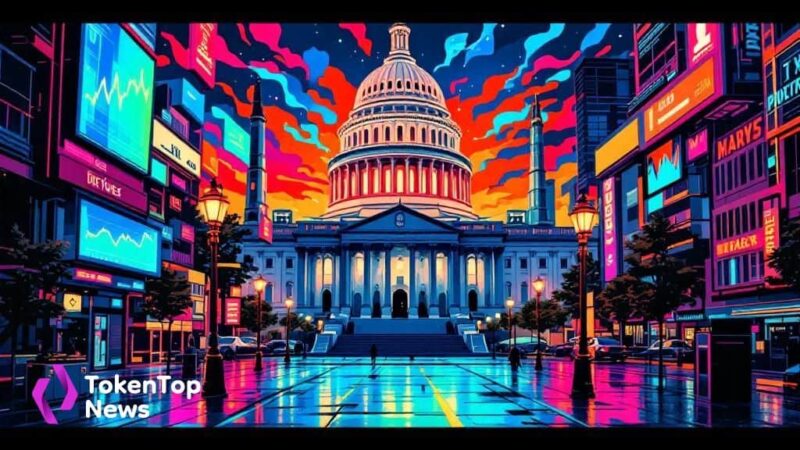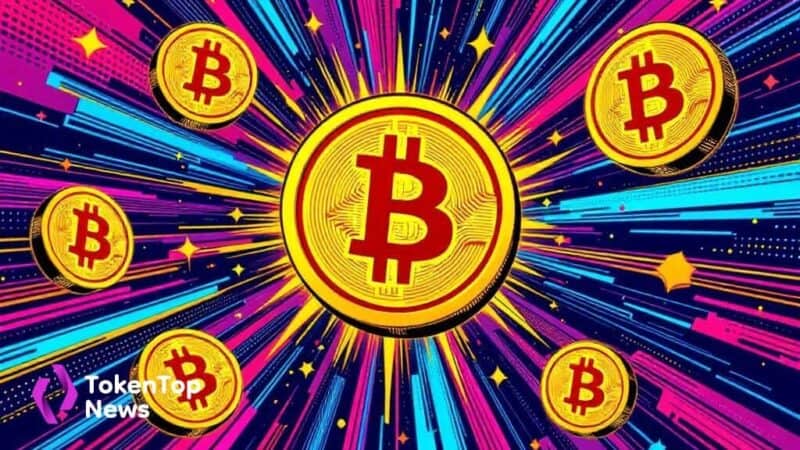XRP Futures Volume Skyrockets Amid Ripple SEC Case Resolution
- XRP’s trading volume soared following the Ripple SEC lawsuit resolution.
- Open interest in XRP increased significantly, showing market confidence.
- The futures market outperformed major cryptocurrencies in growth.

XRP futures trading volume skyrocketed by 208% in just 24 hours, reaching $12.4 billion as the resolution of Ripple’s SEC lawsuit spurred trading activity.
The surge underscores increasing market confidence and significant leveraged long positioning, potentially reshaping future trading dynamics in the wake of the legal clarity.
XRP futures trading volume surged 208% to $12.4 billion within a 24-hour period as Ripple’s SEC lawsuit reached a resolution. This marked a significant shift in market dynamics. Stakeholders responded with increased confidence in Ripple’s future.
The surge involved key players such as Ripple Labs led by Brad Garlinghouse and analysis firms like Glassnode. Binance reported notable liquidity shifts, validating the market’s strong reaction to the news.
There was an immediate effect on the cryptocurrency market with XRP’s price jumping over 10%. The legal clarity provided a relief rally, pushing both futures and long positions sharply upward as traders acted on the news.
* “XRP futures volume surged 208% in 24H to $12.4B, topping Solana and signaling aggressive long positioning by market participants.” – Glassnode
This situation highlights the significant role of regulatory outcomes in shaping crypto valuations. Market participants observed a favorable funding rate and increased open interest, reflecting a continued bullish outlook on XRP.
The resolution of Ripple’s lawsuit could pave the way for improved market sentiment and further institutional participation. Prior legal milestones have sparked volatility, and stakeholders will monitor potential shifts in financial and regulatory landscapes.
Analysts caution that while current activities indicate growth, high leveraged positions could introduce risks of correction. Historical trends suggest that regulation-driven market shifts often result in long-term strategic adjustments. For example, recent analysis highlights that “heavy long positioning can increase downside risk if prices reverse; monitor liquidation clusters for correction risk,” according to Glassnode.





